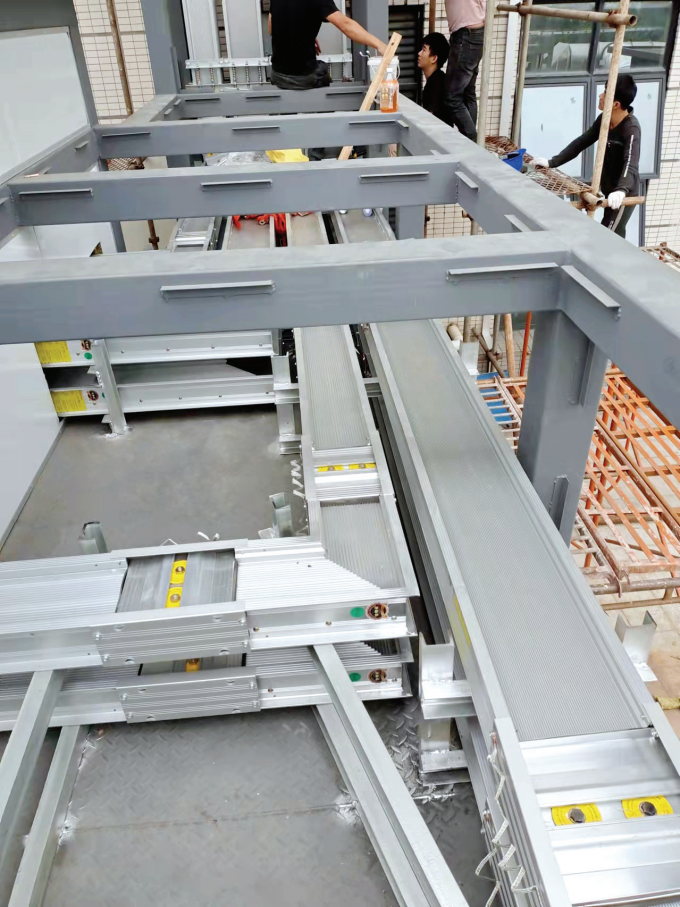In the world of electrical power distribution, air type busbars and compact busbars are two common solutions. Each has its advantages and disadvantages, particularly in terms of structure, performance, and cost-efficiency.
Structural Differences: Compact Busbar vs. Air Type Busbar
The compact busbar employs a "sandwich" structure, offering significant benefits over the "grid-like" structure of air type busbars. The compact design is smaller, takes up less space, and is highly efficient for use in confined or space-limited environments.
Performance and Power Efficiency
For low-voltage transmission lines, voltage drop depends on factors like resistance, capacitance reactance, and inductance reactance. The air type busbar, with its steel enclosure, is prone to eddy currents, which increases impedance and power loss. In contrast, the tightly packed structure of the compact busbar significantly reduces system impedance. Additionally, its aluminum-magnesium alloy enclosure minimizes magnetic hysteresis and eddy currents, leading to smaller voltage drops and reduced energy consumption.
Heat Dissipation and Impedance
The compact busbar boasts superior heat dissipation, using "thermal conduction" to transfer heat efficiently through the copper busbars and the aluminum-magnesium alloy casing. This enhances the current-carrying capacity of the copper bars while maintaining a low thermal index. The air type busbar, on the other hand, relies on thermal "radiation" and typically has poorer heat dissipation due to its steel casing. This necessitates increasing the copper cross-section to maintain current capacity, which raises costs. As a result, air type busbars have lower cost-efficiency and are being gradually phased out in the market.
Safety and Reliability
The compact busbar system is fully enclosed and can reach a protection rating of IP68, offering strong protection against external elements. It uses a fully automated riveting assembly system, eliminating the need for traditional bolt connections. This method ensures excellent electrical continuity and prevents common issues like bolt loosening during electrical operation. In contrast, the air type busbar, which relies on bolt connections, is more susceptible to loosened bolts, posing potential safety hazards.
Moreover, the hollow design of the air type busbar creates a "chimney effect" during a fire, accelerating the spread of flames and increasing the risk of damage.
The compact busbar's closed structure mitigates this risk, offering better fire safety.
Environmental Durability and Maintenance
While the air type busbar may not be as efficient as its compact counterpart, it performs well in environments with high humidity and high-rise buildings due to its durability. It also offers convenient maintenance, as the insulation blocks and conductors can be disassembled and replaced on-site in case of emergencies.
Despite its advantages, the insulation properties of air type busbars, which rely on insulation spacers and bolt fixation, are generally better than those of compact busbars. This makes air type busbars a viable option for environments requiring enhanced insulation performance.
Conclusion
Both air type and compact busbars have their place in electrical distribution systems. The compact busbar outperforms in terms of space-saving design, low impedance, and heat dissipation, while the air type busbar is known for its maintenance convenience and durability in challenging environments. However, as markets increasingly prioritize efficiency and safety, compact busbars are gaining more traction, slowly replacing air type busbars in modern applications.


 Your message must be between 20-3,000 characters!
Your message must be between 20-3,000 characters! Please check your E-mail!
Please check your E-mail!  Your message must be between 20-3,000 characters!
Your message must be between 20-3,000 characters! Please check your E-mail!
Please check your E-mail! 

